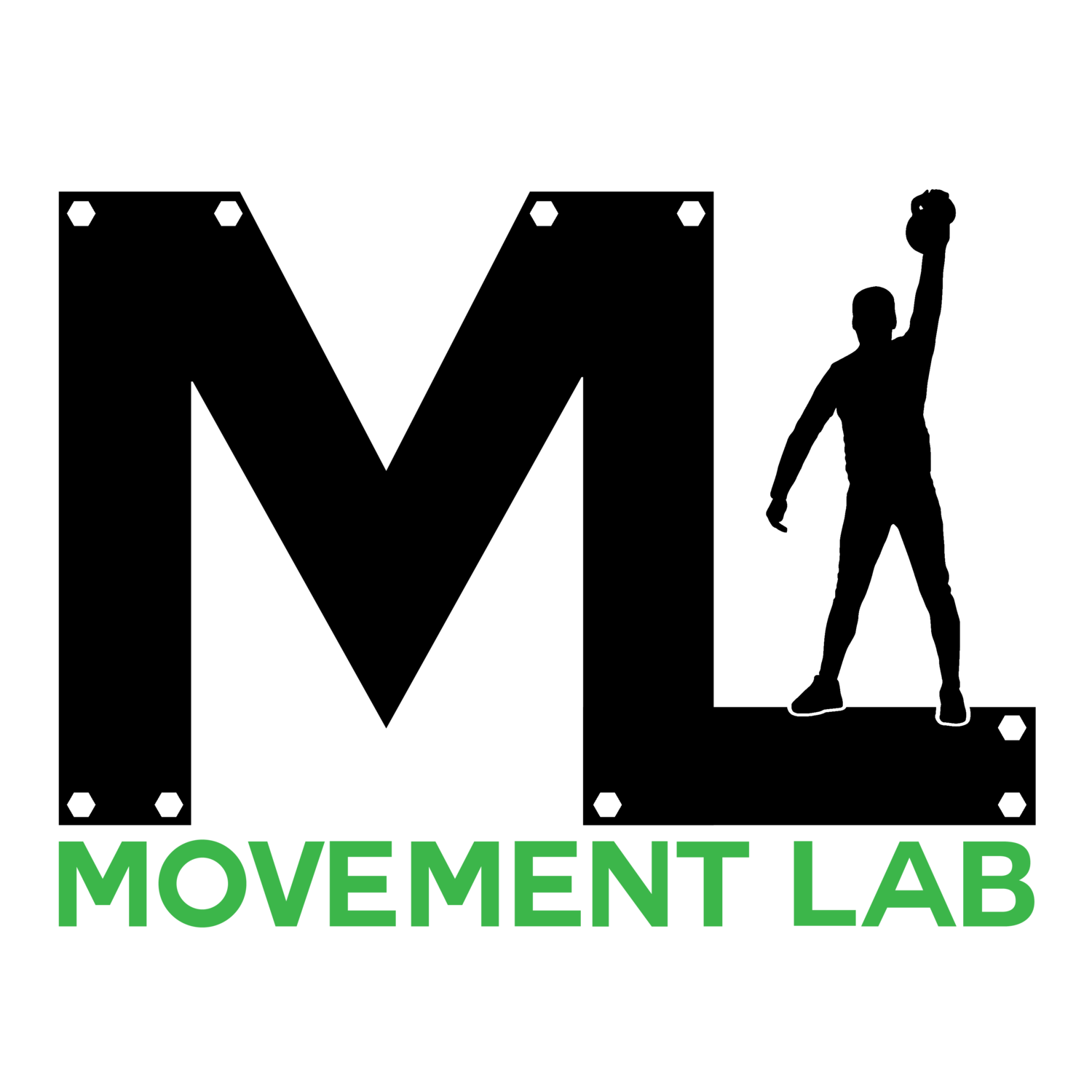A Health Coach’s Guide to Setting Meaningful and Achievable Goals:
1. Start with Your “Why”
Before diving into specific goals, reflect on why this change matters to you. Surface-level goals like "I want to lose 20 pounds" often lack emotional connection, making it easier to give up when motivation wanes. The “5 Why’s” technique is a powerful way to dig deeper into your true motivations.
Here’s how it works:
Step 1: State your goal: “I want to lose 20 pounds.”
Step 2: Ask yourself, “Why?” Example: “To feel better in my clothes.”
Step 3:Keep asking “Why?” until you uncover the core reason. By the fifth “Why,” you might discover: “I want to feel confident and healthy so I can play actively with my kids and avoid health issues.”
This deeper connection to your goal provides the emotional fuel you’ll need to stay consistent when the journey gets tough.
2. Use SMART Goals to Build Structure
Once you’ve clarified your “why,” it’s time to structure your goal in a way that sets you up for success. The SMART framework is a gold standard for goal setting because it makes your objectives clear, realistic, and trackable.
Here’s what SMART stands for:
Specific: What exactly do you want to achieve?
- Example: “I want to run a 5K without stopping.”
Measurable:How will you track progress?
- Example: “I’ll increase my running distance by 1 mile every two weeks.”
Achievable: Is this goal realistic for your current circumstances?
- Example: If you’ve never run before, committing to a marathon in 2 months isn’t achievable—but a 5K might be.
Relevant: Does this goal align with your values and priorities?
- Example: If your focus is improving overall wellness, running may align well.
-Time-bound: What’s your deadline?
- Example: “I’ll complete a 5K race by April 30th.”
SMART goals eliminate ambiguity, helping you focus on actionable steps and track your progress effectively.
3. Break It Down with Micro Goals
Big goals can feel intimidating, but breaking them into smaller, manageable steps—micro goals—makes them less daunting. Think of these as stepping stones that build momentum.
For example, if your goal is to adopt a healthier diet:
-Micro Goal 1:Replace sugary drinks with water or herbal tea for one week.
- Micro Goal 2:Add one extra serving of vegetables to lunch and dinner.
- Micro Goal 3:Plan and prep meals for three days a week.
Each small win builds confidence and creates a snowball effect, making the overall goal feel more attainable.
4. Stay Flexible and Adjust as Needed
Life is unpredictable, and sometimes goals need to be adjusted. For example, if a knee injury sidelines your running goal, you can pivot to low-impact cardio like swimming or cycling while maintaining your overall focus on fitness. Flexibility is not failure; it’s resilience.
Tracking progress regularly allows you to identify what’s working and what’s not. Celebrate milestones, no matter how small, to stay motivated.
5. Accountability is Key**
Having someone to support and hold you accountable—whether it’s a coach, a friend, or a community—can significantly increase your chances of success. Share your goals, check in regularly, and don’t be afraid to ask for help or encouragement.
By uncovering your true “why,” creating SMART goals, breaking them into micro goals, and remaining flexible, you set yourself up for success. Remember, meaningful change doesn’t happen overnight, but with the right tools and mindset, you can achieve anything you set your mind to. Start today—your healthiest, happiest self is waiting.
If you are ready to set your goals and take the first step toward lasting transformation? Let’s work together to make it happen! As a health coach, I’m here to guide you, celebrate your wins, and help you course-correct when needed. Set up a free coaching call today.
Jenn Paet
HealthCoach/Movement Specialist



